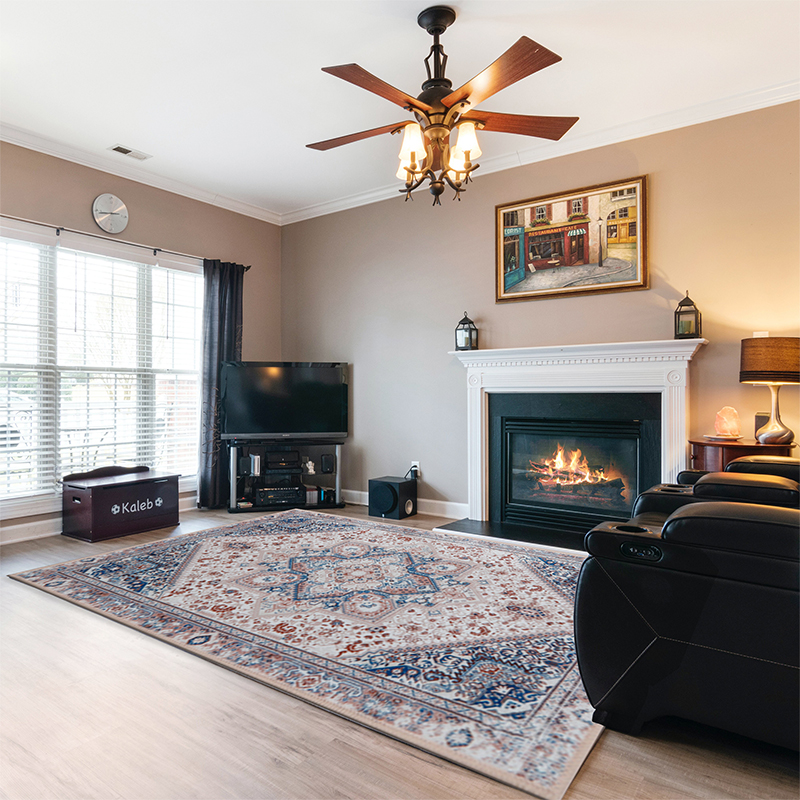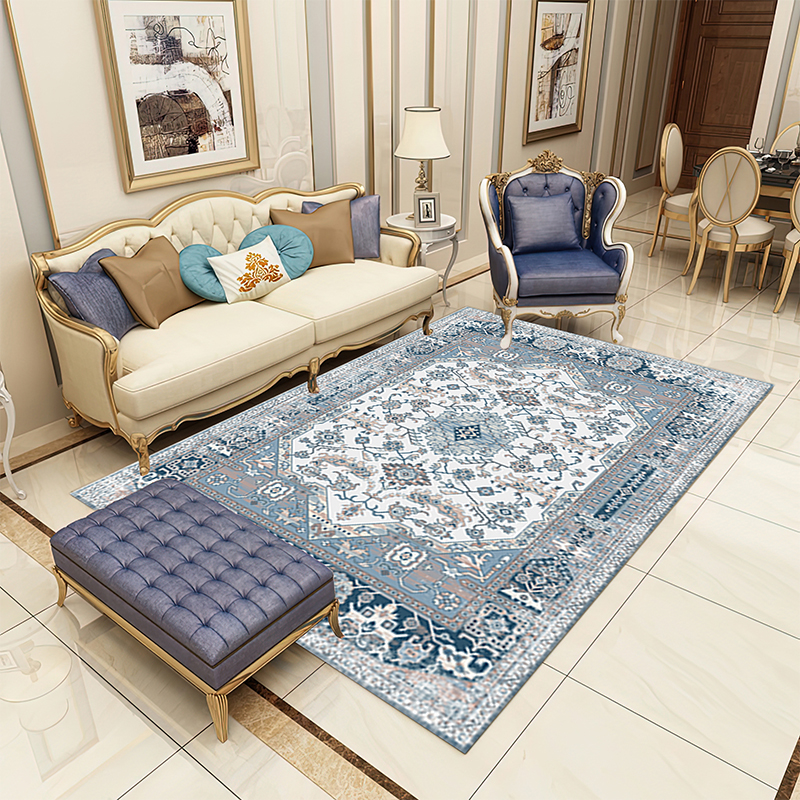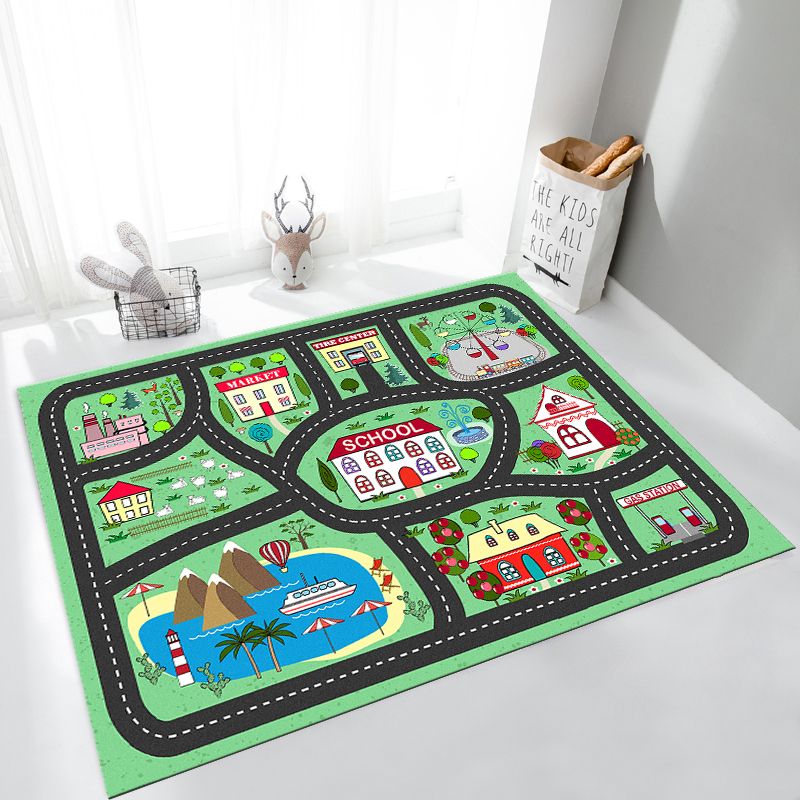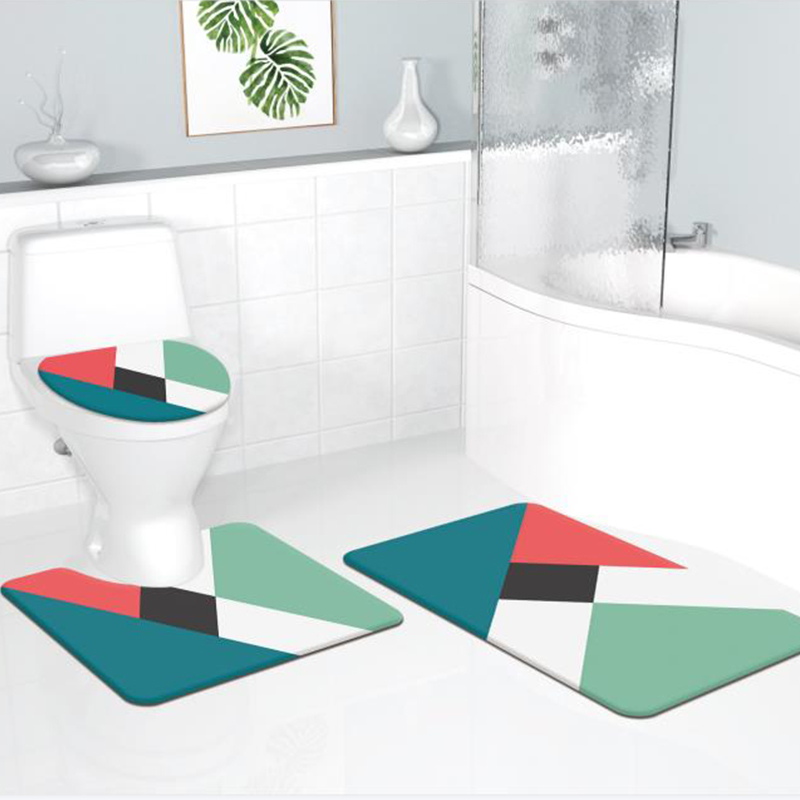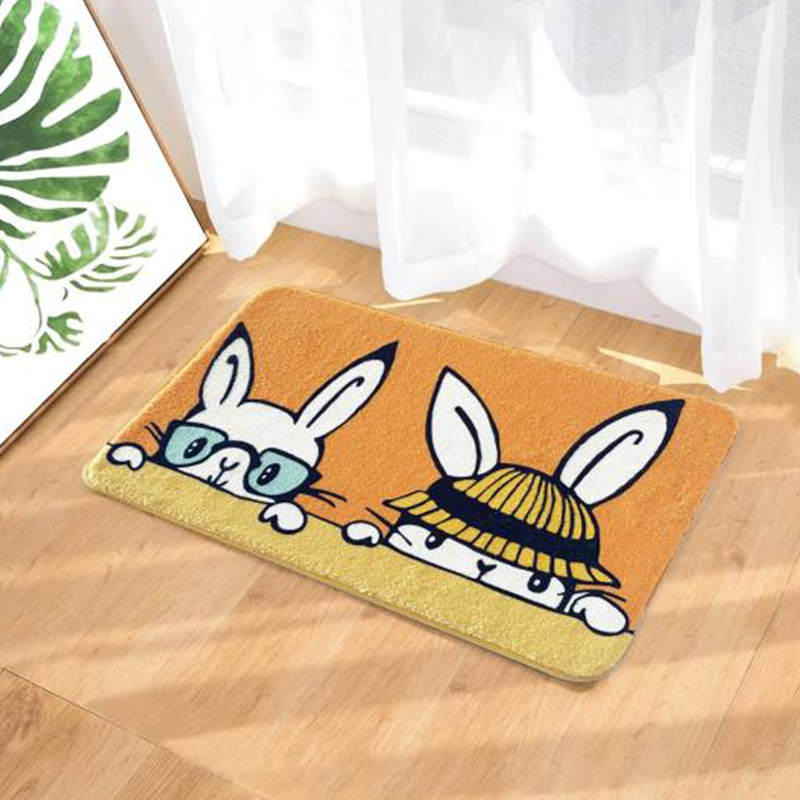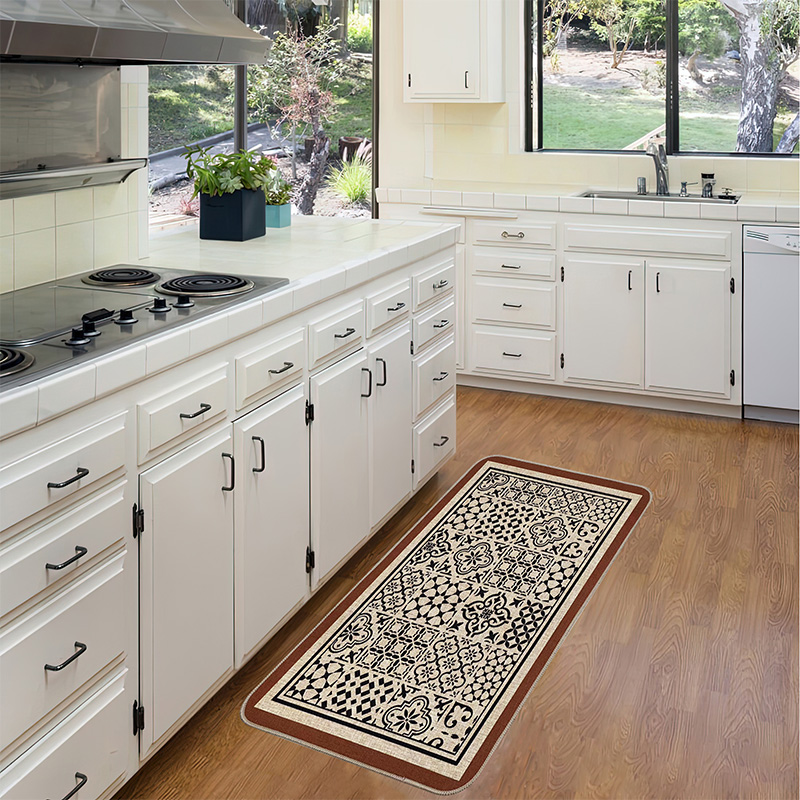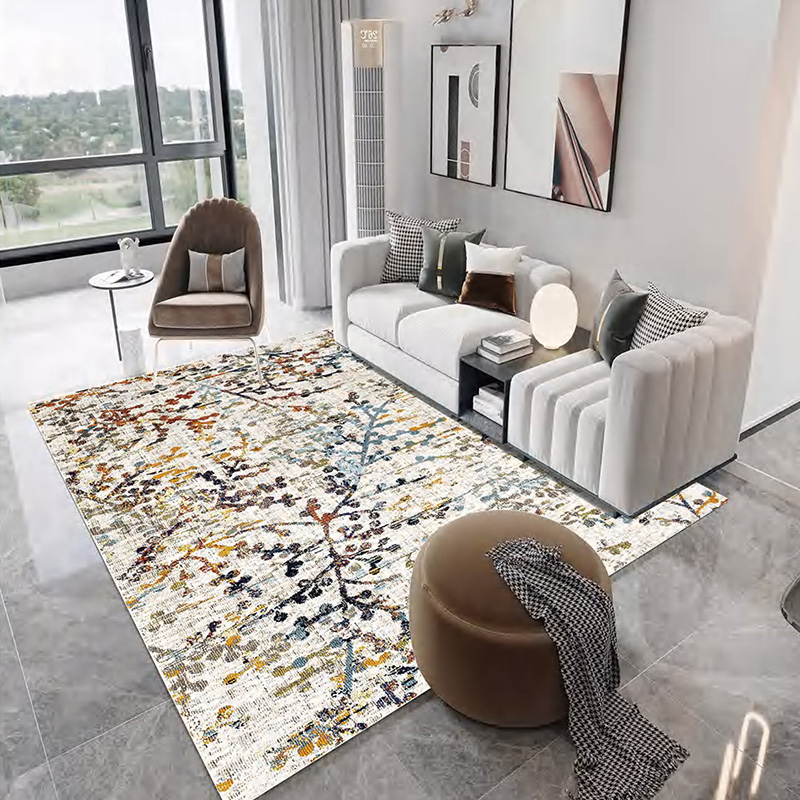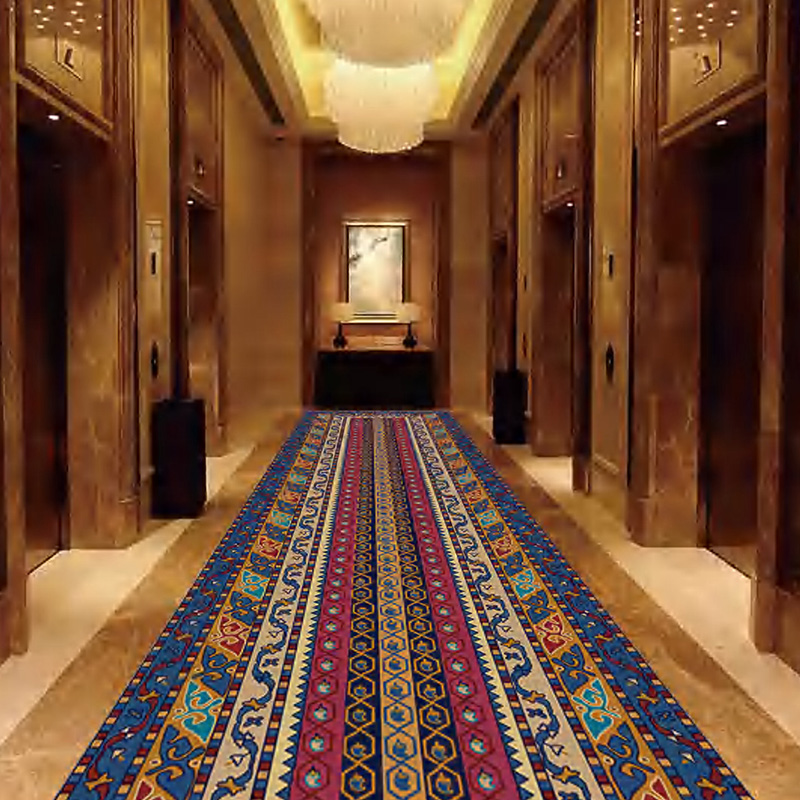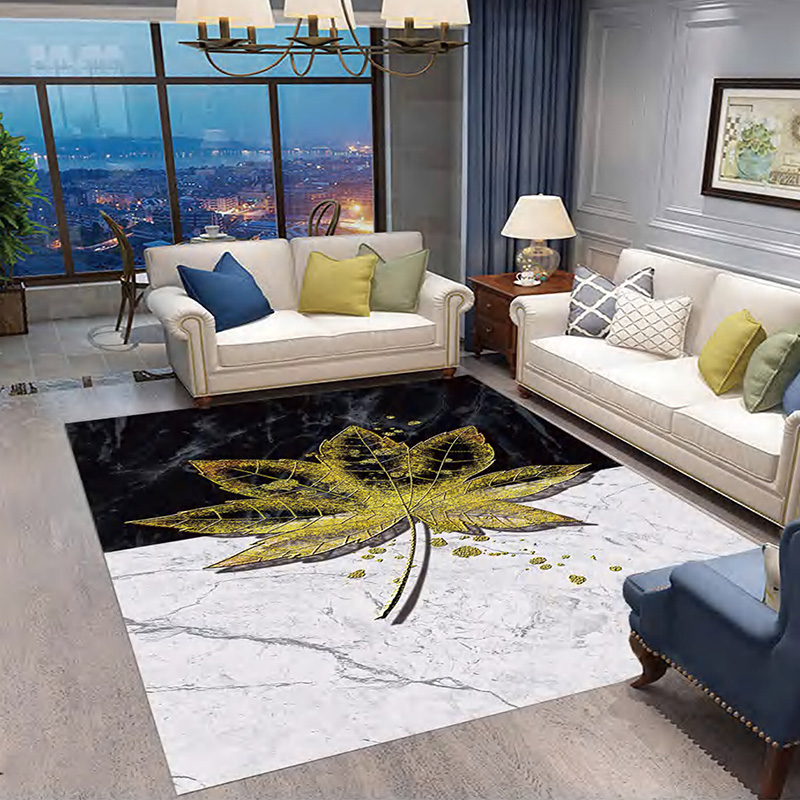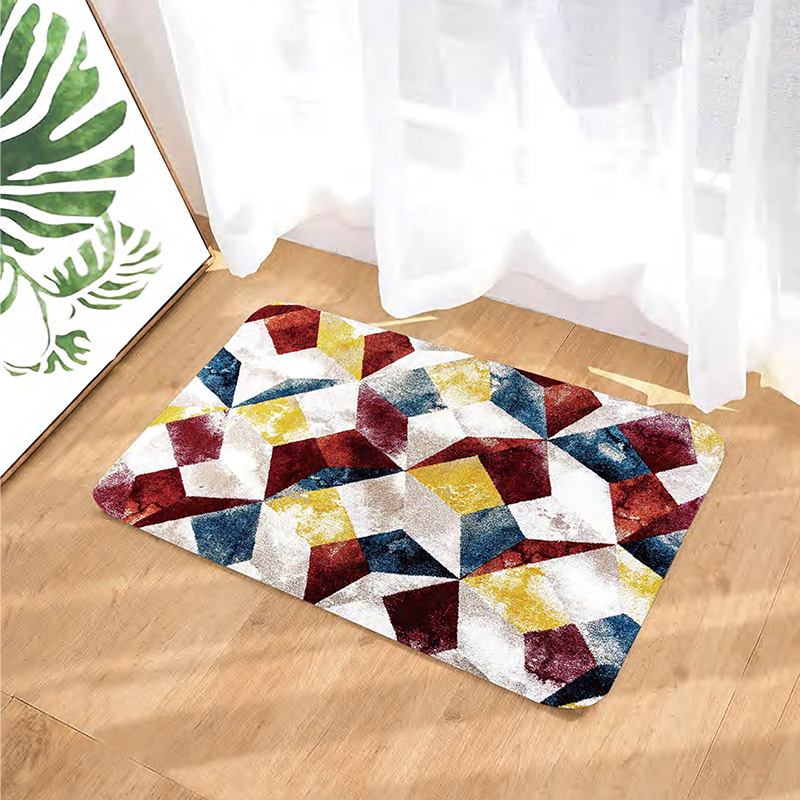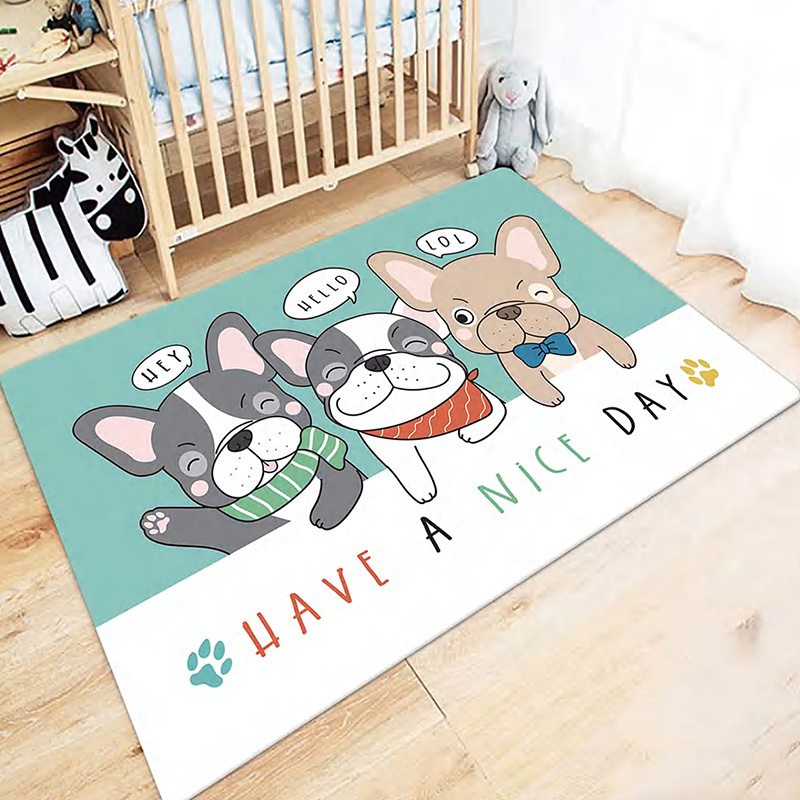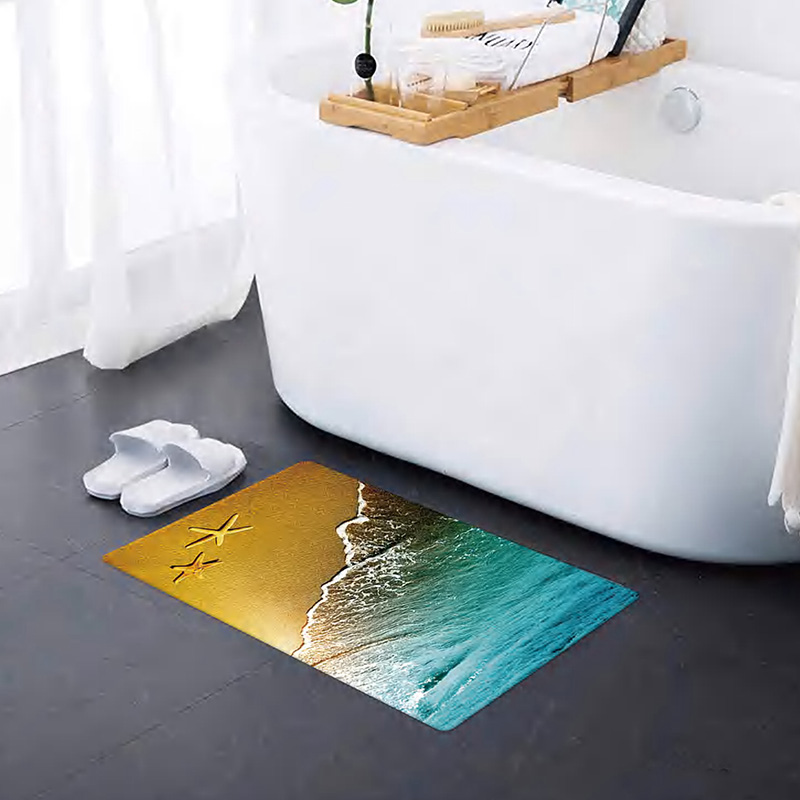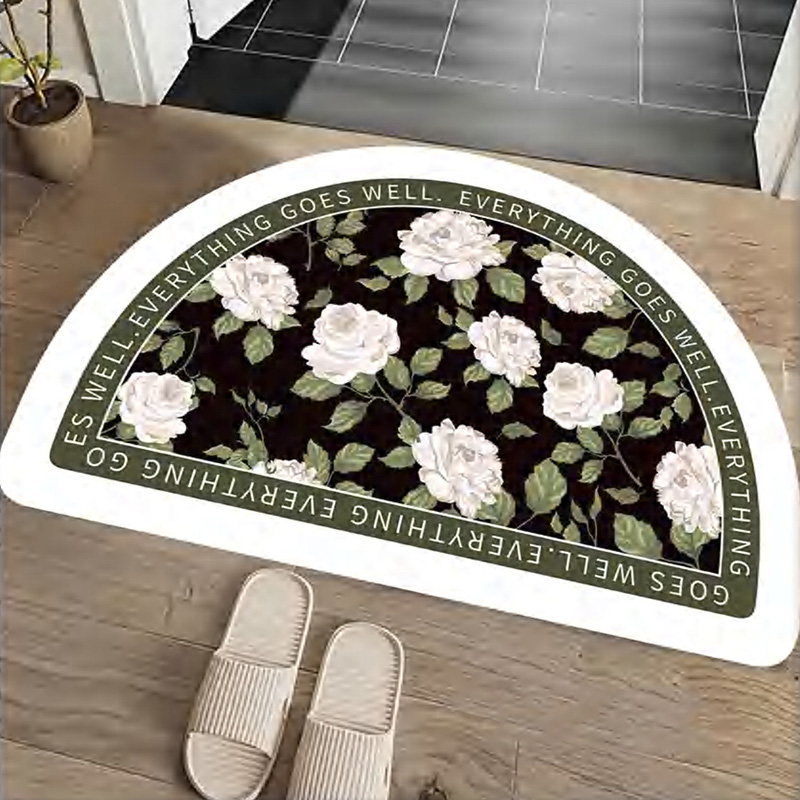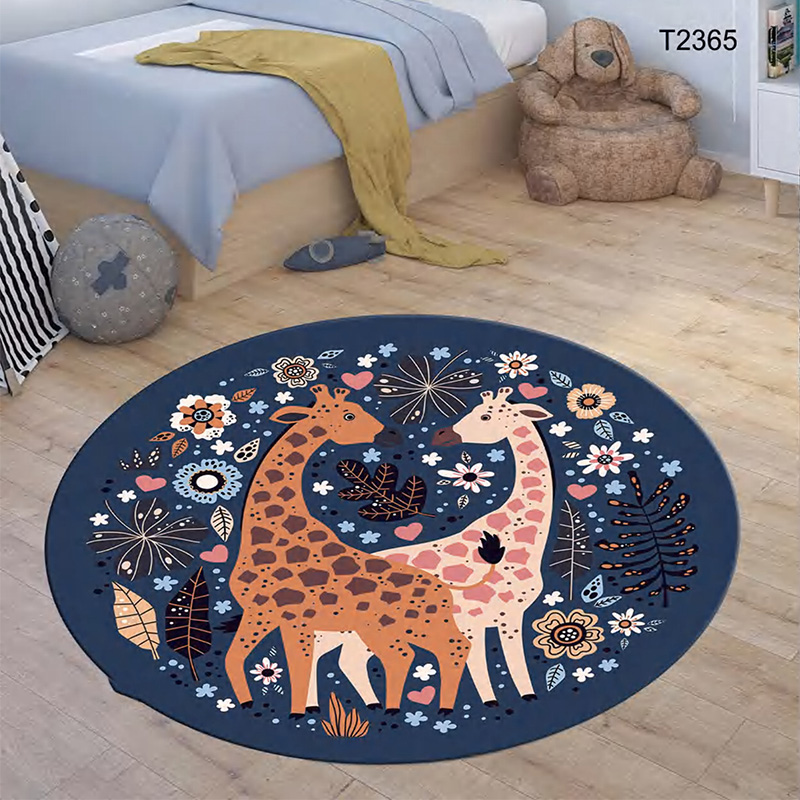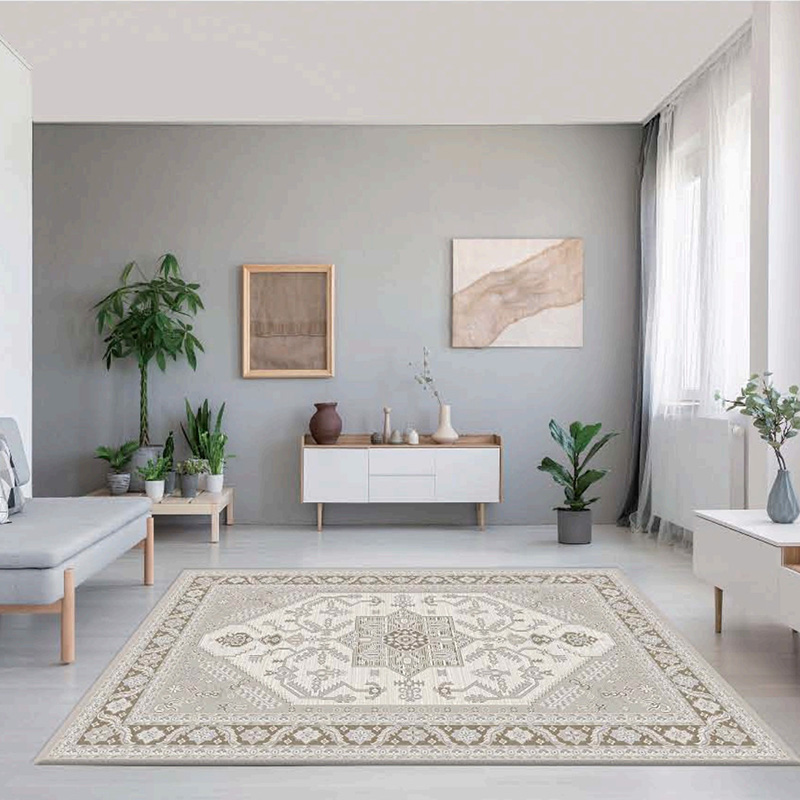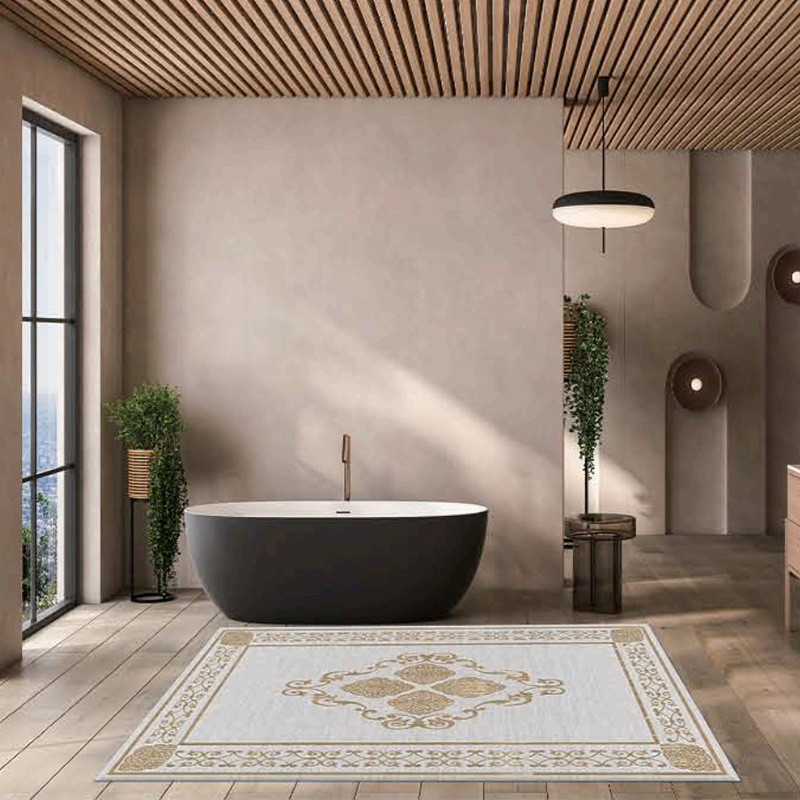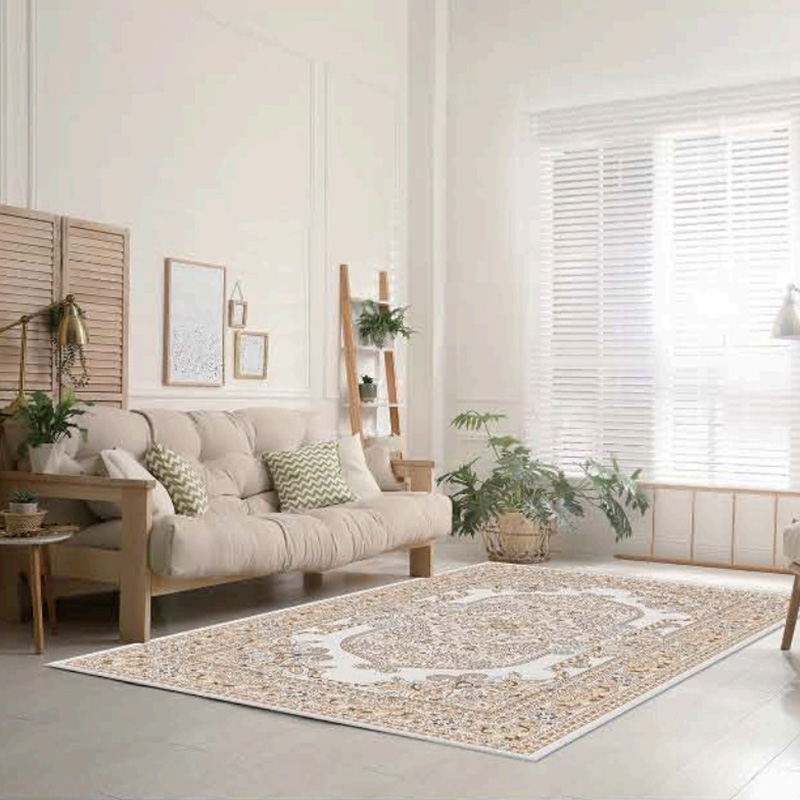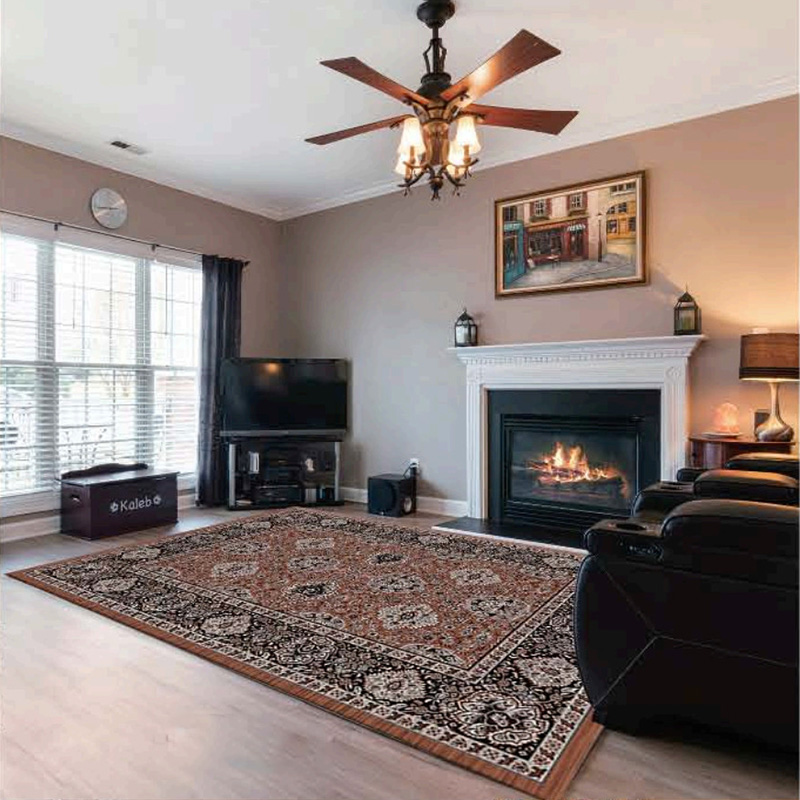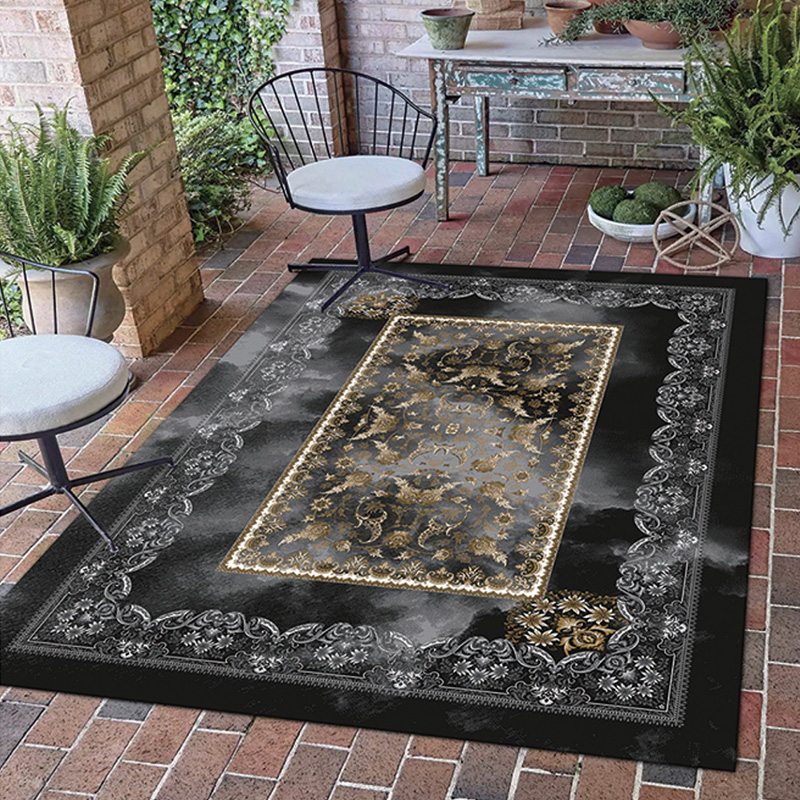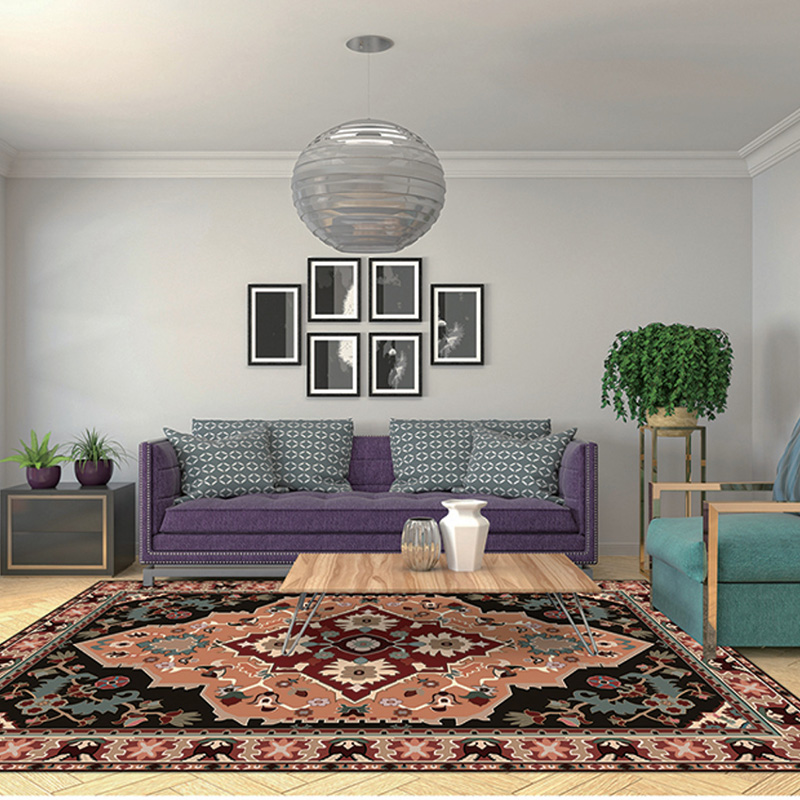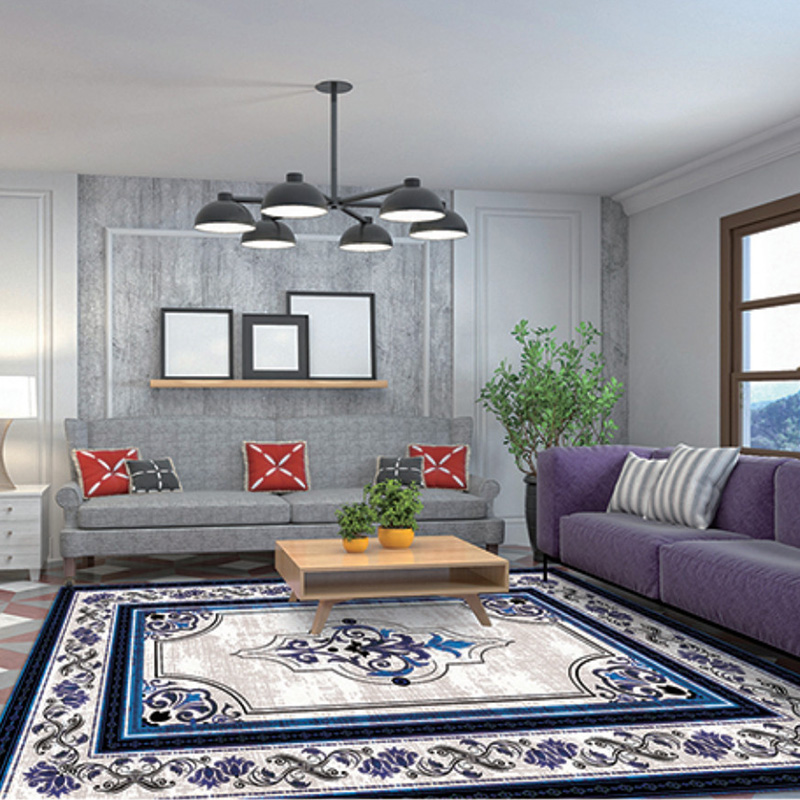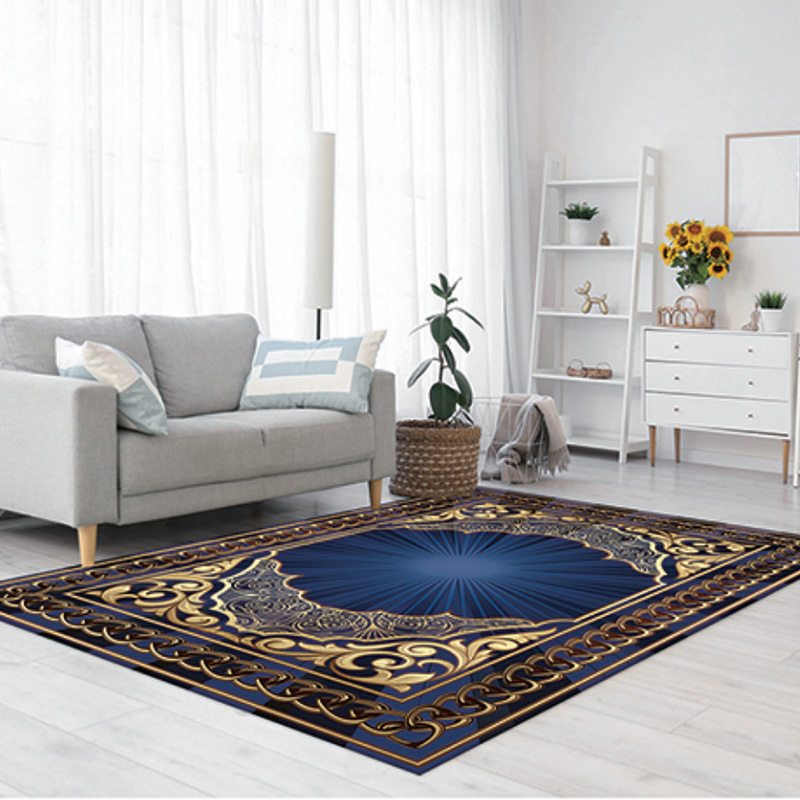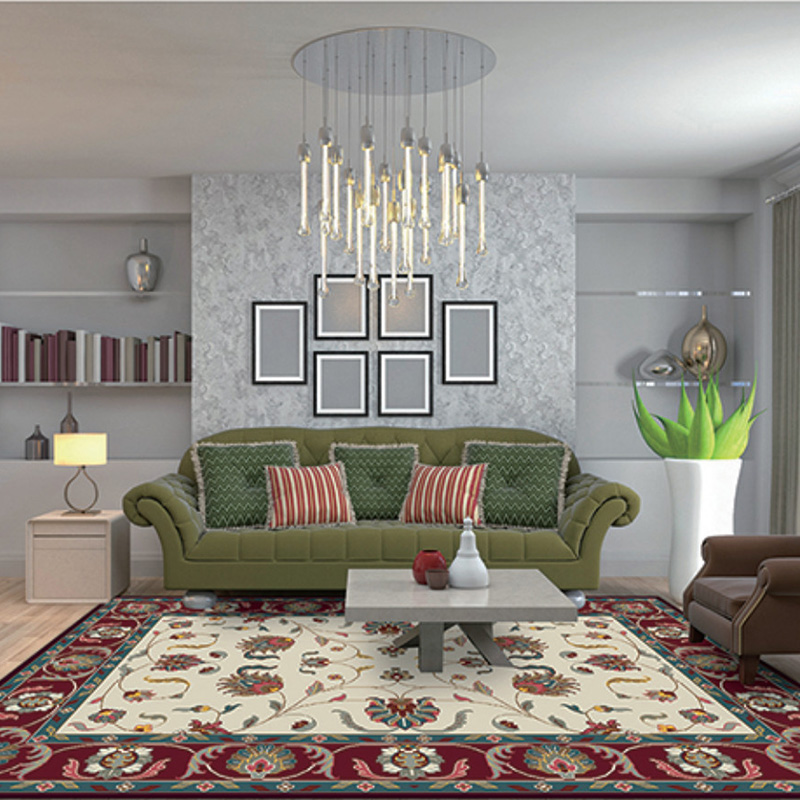As the global home decor industry continues to evolve with an emphasis on style, function, and flexibility, one category of product is commanding renewed attention: large floor area rugs. Once considered a standard furnishing item, these oversized rugs are now at the forefront of design trends, offering both practical value and bold aesthetic appeal.
Designers, homeowners, and commercial decorators alike are increasingly relying on large rugs to define space, anchor design themes, and introduce texture and warmth in homes and public environments. With open-concept living, remote work, and hybrid spaces on the rise, large floor area rugs are becoming indispensable tools in spatial design.
The Functionality Behind the Form
Unlike small accent rugs or medium-sized area pieces, large floor area rugs serve multiple functional purposes—they insulate sound, add comfort underfoot, and visually segment open floor plans without the need for walls or heavy furniture.
“The larger the rug, the more control you have over the flow of the room,” explains Irene Daley, a Chicago-based interior stylist. “Large rugs are no longer just for luxury homes. They’ve become essential for anyone looking to build layered, cohesive, and multifunctional spaces.”
In urban apartments or lofts, for example, a single oversized rug can distinguish the living area from dining or work zones. In sprawling suburban homes, they soften hardwood or tile floors and offer a child-safe play surface.
Rising Demand Meets Design Diversity
According to data from industry analysts at Global Home Trends Group, the large rug segment has grown by over 18% globally in the last two years, driven by demand for multifunctional home design during and after the pandemic. This surge has encouraged manufacturers to expand their large-size collections and diversify design offerings.
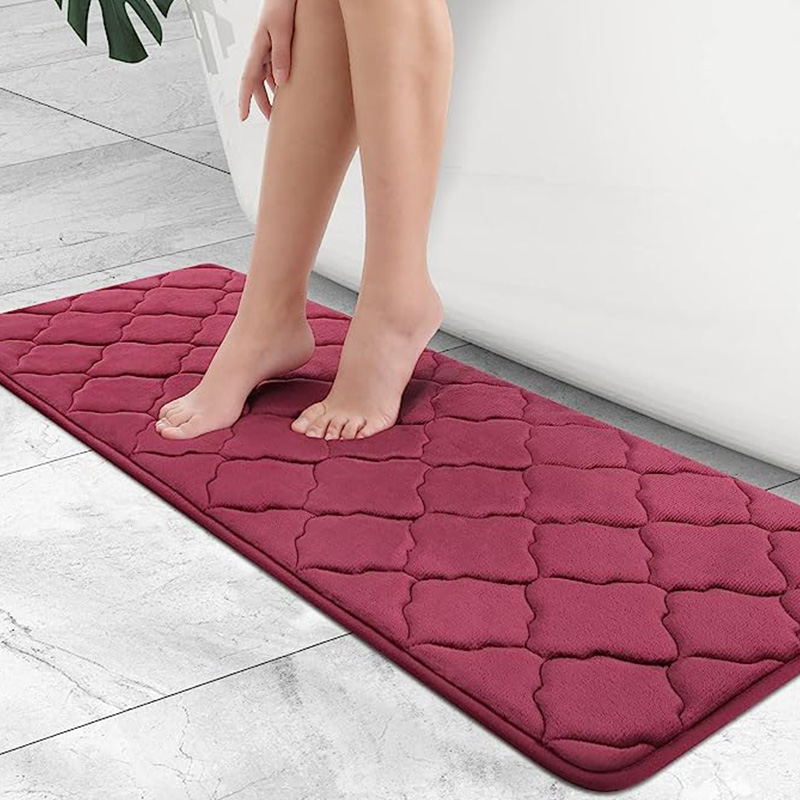
Today’s rugs come in a vast spectrum of styles—ranging from minimalist neutrals and modern geometrics to bold florals and traditional Persian-inspired motifs. Consumers can now choose custom-sized options to fit their specific floor plans or select from oversized standard dimensions such as 9x12, 10x14, or 12x15 feet.
Texture also plays a big role, with materials like wool, jute, viscose, and synthetic blends catering to a wide range of interior themes and lifestyles. Low-pile weaves work for high-traffic areas, while thick shag or tufted styles bring softness to bedrooms and media rooms.
An E-Commerce-Fueled Shift in Buyer Behavior
The rise of digital home furnishing platforms such as Wayfair, Overstock, and Revival Rugs has revolutionized how people buy large floor area rugs. Enhanced online previews, virtual room planners, and AR tools allow buyers to visualize rugs in their homes before purchase.
More importantly, free shipping and return policies have reduced the fear traditionally associated with buying large-scale items online. This accessibility has allowed smaller brands and artisans to reach a global market, while consumers benefit from more options at varied price points.
“Five years ago, buying a 10x14 rug online was a logistical headache,” says Mahir Khouri, operations manager for a Turkish rug exporter. “Now it’s routine, and it’s opened the floodgates for high-volume trade worldwide.”
Large Rugs for Commercial and Hospitality Spaces
The benefits of large floor area rugs extend far beyond residential use. Hotels, corporate lobbies, wellness spas, and retail boutiques are adopting large rugs to create zones, reduce noise, and enhance ambiance.
Interior designers are especially fond of using oversized rugs in hotel suites or lounge areas to create luxury underfoot while tying together furniture and lighting. In wellness centers and yoga studios, extra-large rugs or rug carpets bring both warmth and grounding to open spaces.
With the return of in-person events and gatherings, event planners are also turning to large rugs as mobile design tools that add color and elegance to pop-up spaces, stages, and booths.
Sustainability and Responsible Sourcing
As sustainability continues to shape consumer values, the rug industry is responding with eco-conscious options. Brands are investing in ethically sourced wool, natural dyes, and recycled synthetic fibers to meet demand from environmentally aware customers.
Rugs made from recycled PET, jute, and organic cotton are gaining popularity, particularly in Europe and North America. Certifications such as OEKO-TEX, GoodWeave, and Global Organic Textile Standard (GOTS) have become selling points for discerning buyers.
“Eco-friendly rugs used to mean boring designs or sky-high prices,” notes Caroline Xu, a product developer for a California-based interior brand. “That’s no longer the case—today’s large floor rugs can be sustainable, beautiful, and affordable.”

 英语
英语 阿拉伯语
阿拉伯语 德语
德语
